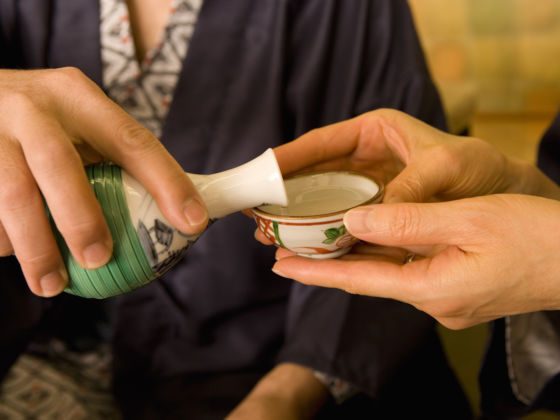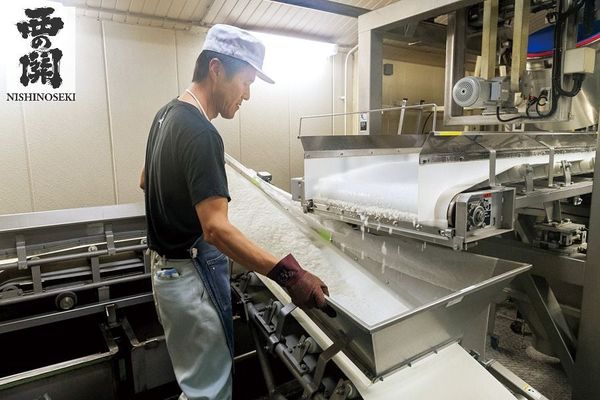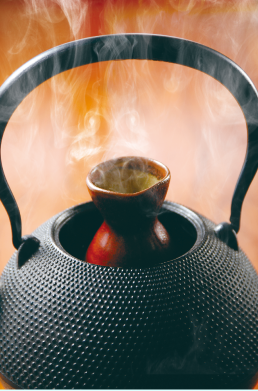Sake - The quintessence of Japanese culture
Sake is a traditional Japanese alcohol made from rice. For every citizen, Sake is not only a drink in the meal but also a typical cultural symbol of the land of the rising sun. Over 2000 years of history, Sake plays a very important role in the cultural and culinary life of Japan. People consider drinking and enjoying Japanese sake a unique culture that needs to be handed down.

Sake is a long-standing Japanese culture
In the past, Sake was only used to serve royalty, large temples or religious festivals. Today, Sake is used in solemn weddings and festivals, more commonly used in combination to create a rich cuisine, stimulating the taste buds to make eating more appetizing.
Ingredients in Sake
Sake in its finished form contains up to 80% purified water, rice and Koji yeast. Most of the Sake production facilities are located near the source of delicious water upstream from the majestic mountain.
Summary of the fermentation process
Fermentation takes 18 to 32 days, natural alcohol will usually be around 20% but almost all sake is always diluted down to 15 to 16% alcohol. The purpose is for the drinker to be able to feel and clearly recognize the unique flavor of that Sake line.
Sake production techniques
Sake production techniques play a decisive role in creating Sake's distinctive flavor. This technique is passed down from generation to generation and is always improved to find the perfect taste and quality. Each year, depending on the conditions of the rice, yeast, water, and different temperatures, establishments must find the best method to produce Sake that suits those conditions.

Sake factory
How to enjoy Sake properly
People often think that Sake is to be drunk hot. In fact, Sake has many types, each with a different way of enjoying. Can be served hot, cold or normal temperature, each exudes its own delicious and attractive taste.
Usually in winter, people drink warm Sake. Warm sake, called Atsukan, is used in small ceramic pots called Tokkuri and in small cups called Ochoko. To reheat Sake, people transfer Sake to be stored in ceramic bottles, then soak the bottle in hot water 2/3 of the jar until Sake reaches a temperature of about 45-55 degrees Celsius. For the Japanese, warm sake has heat. The temperature is only slightly above human body temperature to provide a warm feeling, but not so hot that the delicate flavor of Sake fades away.

Hot Annealing Sake
There is also a special Sake only for cold drinking. Daiginjo and Ginjo Sake types have a fruity, slightly floral flavor, should not be used warm, but should only be used cold to keep the freshness and clarity of the wine.
At El Flamico, we offer Sake with a variety of lines, suitable for customers who want to experience the typical wine of the country of the rising sun. Contact El Flamico via inbox or hotline 0888794589 to order!












